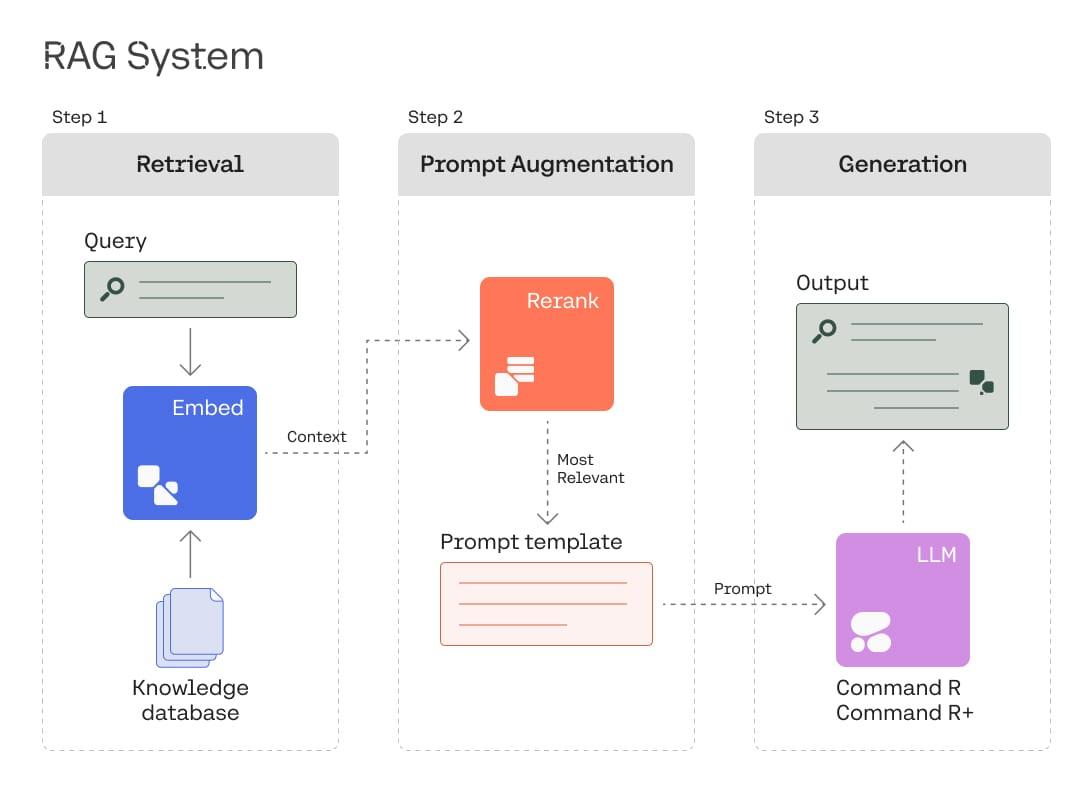Founded by a brilliant team led by long-time DeepMind research scientist Dani Yogatama, Radical Ventures portfolio company Reka emerged from stealth this week with a $50 million Series A led by DST Global and a commercial partnership with Snowflake. Radical participated in the round and is the founding investor in Reka. This week Rob Toews discusses Reka’s vision for LLM adoption, small models and our investment in the team.
We began working with Dani, Cyprien and Qi several months before they started Reka, helping them develop their early strategic vision, product roadmap and go-to-market strategy. Radical was Reka’s founding investor, leading the company’s seed round and taking a board seat last year at the company’s inception.
It has been awe-inspiring to watch the speed at which the team has executed since then. In less than a year, Reka has trained a cutting-edge multimodal foundation model, recruited world-class talent including renowned LLM scientists Yi Tay from Google Brain and Mikel Artetxe from Meta AI, announced commercial partnerships with technology leaders including Snowflake and Appen, and raised a large Series A to enable the company to accelerate its progress.
Reka’s vision is to make the power of large language models widely accessible to enterprises, with a focus on privacy, security and efficiency.
The company’s proprietary model distillation technology enables it to produce small personalized models from its large foundation model that customers can own and deploy themselves.
Having partnered closely with Reka’s founders since its earliest days, we are thrilled for the company’s next chapter.
AI News This Week
-
Databricks strikes $1.3B deal for generative AI startup MosaicML (Wall Street Journal)
Databricks, a cloud-based data company, has acquired MosaicML, an early-stage machine learning start-up that develops generative AI models, for $1.3 billion. With the acquisition, Databricks bolsters its existing advanced machine learning capabilities to meet growing demand from its enterprise customers. The news landed the same week Thomson Reuters announced a deal to purchase Casetext, a legal startup with an artificial intelligence-powered assistant for law professionals, in a $650 million all-cash deal. The deals may portenda surge in AI M&A activity as enterprises seek to bring talent and products in-house quickly.
-
Cohere CEO and President discuss enterprise adoption of AI, AI threats and the future of AI (VentureBeat)
Aidan Gomez, the CEO and Co-founder of Radical portfolio company Cohere, and Martin Kon, Cohere’s President and COO, sat down with VentureBeat for a wide-ranging Q&A. They discuss Cohere’s cloud-agnostic strategy, the challenges of open-source models, the debate over AI risks and the role synthetic data may play in the future advances of large language models.
-
The first fully AI-generated drug enters clinical trials in human patients (CNBC)
This week marked a significant milestone in the field of pharmaceutical drug development as a fully AI-generated drug successfully advanced to phase II of human clinical trials. The drug, named INS018_055, offers a promising treatment for idiopathic pulmonary fibrosis (IPF), a chronic lung disease characterized by scarring. Earlier this year, another AI-developed candidate called EXS-21546 entered phase 1b/2 trials to target patients with solid tumors displaying high adenosine signatures. The advent of generative AI not only aids in the precise design of molecules but also enables the development of drugs tailored specifically for patients who are likely to respond positively. An exemplary illustration of this is Radical portfolio company Genesis Therapeutics, which entered into a strategic collaboration with Eli Lilly last year to discover novel therapies utilizing Genesis’ small molecule AI discovery platform.
-
People hire phone bots to torture telemarketers (Wall Street Journal)
The Wall Street Journal reports on a growing trend among frustrated consumers who are deploying AI-powered phone bots to waste the time of telemarketers. These bots are designed to mimic human speech patterns and keep the telemarketers engaged in conversation for as long as possible, in some cases leading to frustration on the part of the telemarketer. The article notes an increasing level of sophistication in the bots, with some able to recognize and respond to specific keywords or phrases. The practice has been controversial, with some critics arguing that it unfairly targets individuals trying to make a living as telemarketers.
-
Seeing the world through your eyes (University of Maryland)
The reflective surface of the human eye is a valuable source of information about the world around us. By imaging the eyes of a moving person, multiple views of a scene outside the camera’s direct line of sight can be captured using only the reflections visible in the subject’s eyes. This task is challenging due to 1) the difficulty of accurately estimating eye poses and 2) the entangled appearance of the eye iris and the scene reflections. The research builds upon Neural Radiance Fields (NeRF), an AI technology that generates 3D representations based on multiple 2D images. This work is one example of how we may leverage unexpected and accidental signals to reveal information about the world around us in the near future.
Radical Reads is edited by Ebin Tomy.





